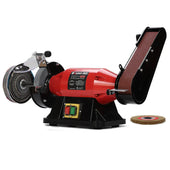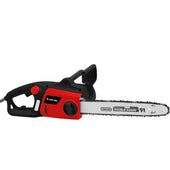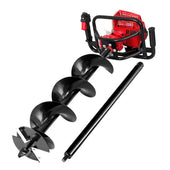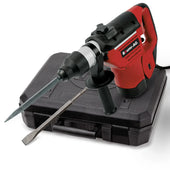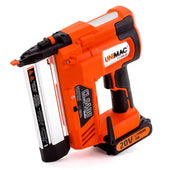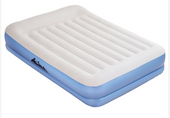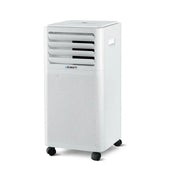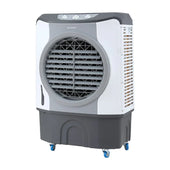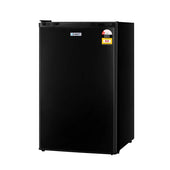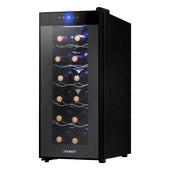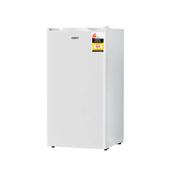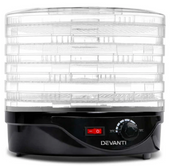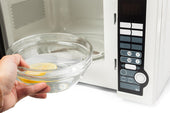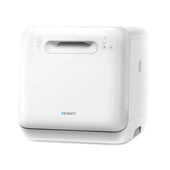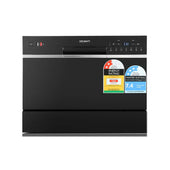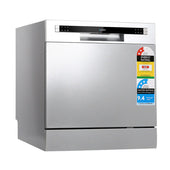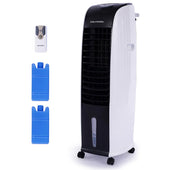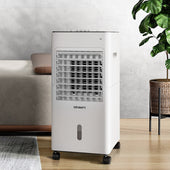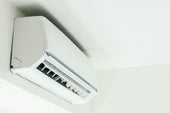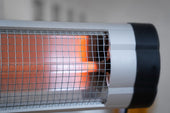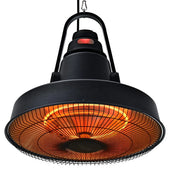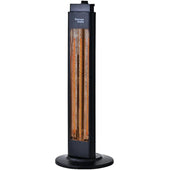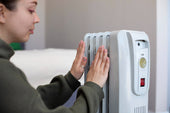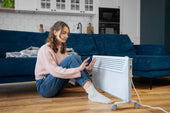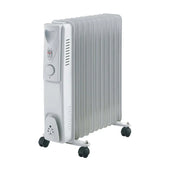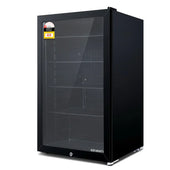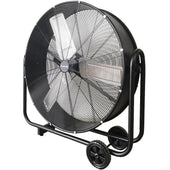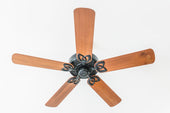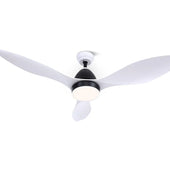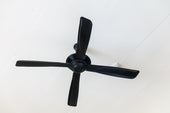Understanding the Anatomy of a Sofa: What Makes it Comfortable?
A sofa’s comfort is determined by the interplay of its structural elements. The frame forms the backbone, with materials like hardwood providing durability and support. Suspension systems, often coil springs or webbing, determine resilience and prevent sagging. High-quality materials reduce wear and ensure longevity. During Days, the selection of these elements plays a significant role in determining the sofa's comfort and performance.
Cushions are pivotal, often comprising multiple layers. The core may use high-density foam for firmness, while a feather or fibre wrap enhances softness. Upholstery fabric impacts tactile comfort, with textures and breathability playing key roles.
Armrests, seat dimensions, and backrest height cater to ergonomics, complementing how well the sofa supports natural posture and relaxation.
Introduction to Foam Density: The Backbone of Sofa Comfort
Foam density serves as a crucial factor in determining the comfort and durability of a sofa. It refers to the weight of the foam per cubic foot, typically measured in pounds. Higher-density foams, often ranging from 1.8 to 3.0 lbs/ft³, provide enhanced support and last longer, making them ideal for daily use. In contrast, lower-density foams, usually below 1.5 lbs/ft³, may offer initial softness but tend to compress over time.
The density of foam not only impacts its lifespan but also influences how well the cushions retain their shape. To find the right balance between firmness and plushness, manufacturers often combine layers of varying foam densities. During Days understanding foam density helps in making informed decisions when purchasing a sofa tailored to individual needs and preferences.
Types of Foam Used in Sofa Cushions and Their Benefits
Sofa cushions are crafted from various types of foam, each offering distinct benefits tailored to comfort and durability.
- Polyurethane Foam Polyurethane foam is widely utilised due to its affordability and versatility. It provides reliable support and soft cushioning, but its lifespan may be shorter compared to higher-density alternatives.
- High-Density Foam High-density foam offers superior resilience, making it a popular choice for heavy-use sofas. It maintains its shape over time and delivers excellent support, ideal for prolonged sitting.
- Memory Foam Memory foam adapts to body contours, offering personalised comfort and pressure relief. It is well-suited for those seeking premium relaxation options.
- Latex Foam Latex foam is durable, hypoallergenic, and eco-friendly. It combines firm support with a slight bounce, making it ideal for both comfort and longevity.
How Foam Density Impacts Comfort and Longevity
Foam density plays a pivotal role in determining both the comfort and durability of sofa cushions. Measured in pounds per cubic foot (PCF), higher foam density typically indicates a firmer structure and greater resilience. Lower-density foam offers a softer feel but tends to break down quicker with extended use.
Density affects how well foam can resist sagging and maintain shape under compression. For long-term usage, denser foam provides better structural support while retaining comfort over time. Consumers seeking luxurious comfort often choose a balance of medium density foam to combine softness with durability, ensuring a satisfying seating experience.
Soft vs Firm Cushions: Choosing the Right Comfort Level
When deciding between soft and firm cushions, the choice often depends on individual preferences, body support needs, and usage patterns.
- Soft Cushions: These provide a plush, sinking sensation, ideal for lounging or relaxation. They are often made with lower-density foam or blended with down feathers, offering a luxurious feel. However, soft cushions may compress over time, requiring regular fluffing.
- Firm Cushions: Offering greater resistance and support, firm cushions suit those who need lumbar support or prefer to sit upright. They utilise higher-density foam, ensuring durability and maintaining shape through extended use.
By understanding these distinctions, one can select cushions that balance comfort with practical needs.
Role of Cushion Fillings: Beyond Foam Density
While foam density directly impacts durability and support, cushion fillings play an equally critical role in comfort and aesthetics. Different materials, each with unique properties, contribute to the overall sofa experience.
Popular cushion fillings include:
- Polyester Fibres: Known for their softness and affordability, often used in back cushions for a plush feel.
- Feathers and Down: Luxuriously soft but require frequent fluffing to maintain shape.
- Foam Wraps: Combine foam cores wrapped with feather or fibre for a balanced blend of support and softness.
The interplay between fillings and foam density affects the cushion’s responsiveness, sag resistance, and tactile appeal, enhancing both function and form.
Evaluating Cushion Thickness and Support Levels
Cushion thickness plays a significant role in determining overall comfort and durability. Thicker cushions often provide better support, distributing weight evenly to prevent sagging. However, overly thick cushions may compromise flexibility and can feel too firm for some users. Foam density directly influences the support level, with higher density foams offering consistent pressure relief and prolonged lifespan.
Assessing the balance between thickness and density is vital to ensure both ergonomic benefits and personal comfort. Sofas designed for lounging may prioritise soft, thicker cushions, while those for formal settings typically incorporate firmer supports. Material layering also impacts support levels, combining foam, springs, or fibres to optimise comfort.
The Science Behind Ergonomics in Sofa Design
Ergonomics in sofa design focuses on creating furniture that aligns with the body’s natural posture and provides optimal comfort. Key elements include seat height, depth, and backrest angle.
- Seat Height: A sofa’s seat height should allow the user’s feet to rest flat on the floor, typically 16-18 inches, enabling a natural knee bend.
- Seat Depth: Ideal depth supports the thighs while allowing the back to gently rest against the backrest. Deeper seats work for lounging, while shallow ones suit upright seating.
- Backrest Angle: A reclined angle of approximately 100-110 degrees relieves pressure on the spine for sustained comfort.
Attention to these factors enhances not only the sofa’s comfort but also musculoskeletal health over time.
How to Test Sofa Comfort Before Making a Purchase
When evaluating sofa comfort, sitting on it is paramount. Test different seating positions to assess lumbar support and cushioning. Pay attention to firmness; too soft may lack support, whereas excessively firm cushions can feel unyielding. Check the depth by ensuring feet touch the floor and back rests naturally. Armrests should feel sturdy and at a comfortable height. Move around to judge whether cushions regain shape. Lift cushions to inspect the foam density and construction. Note the upholstery texture—some fabrics may irritate or trap heat. Spend several minutes seated to simulate typical usage and identify potential discomforts.
Maintaining Sofa Cushions: Tips for Prolonging Comfort
Proper care of sofa cushions ensures their longevity and comfort over time. Maintenance involves regular actions to prevent wear and tear while preserving structure and appearance.
- Fluff Cushions Weekly: Redistribute filling by gently fluffing cushions, which helps to maintain their shape and prevent sagging.
- Rotate Cushions Periodically: Change positions every few weeks to ensure even usage and reduce compression on one side.
- Vacuum Frequently: Remove dirt and debris to avoid abrasion or damage to fabrics.
- Spot Clean Spills Promptly: Treat stains immediately with appropriate cleaning solutions to prevent permanent discolouration.
Strategic care extends cushion lifespan and sustains its comfort levels effectively.



